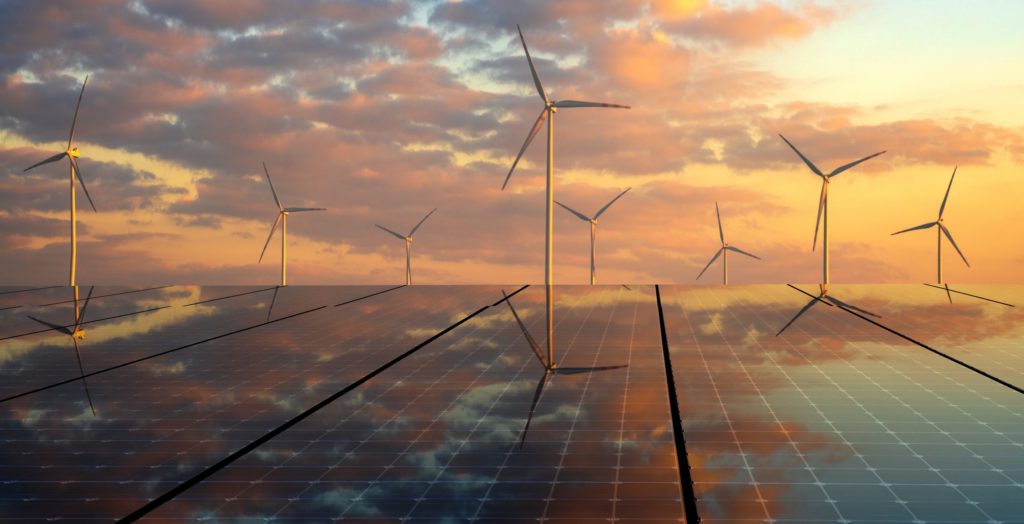Obscure Regulatory Approval Removes a Barrier to America’s Natural Gas Revolution
According to the U.S. Energy Information Administration, by next year, the United States is poised to become a net energy exporter. In part, this is due to lucky geology but it’s also because of hydraulic fracturing, a catch-all term for the innovative technologies that allow drillers to break apart thin shale formations and extract the gas and oil trapped inside the rock’s seams.
America’s shale revolution, however, has reached a chokepoint. The siting of infrastructure—the network that gets fuel from the wellhead to the customer—has never been harder and numerous projects have waited years to receive government approval. For this reason, it’s noteworthy that, for the first time in two years, the U.S. government has finally green-lighted the first of a backlog of liquefied natural gas, or LNG, export terminals designed to cool natural gas to sub-zero temperatures, liquefying it for transoceanic shipment to consumers abroad.
Natural gas has already transformed the U.S. power sector. In fact, it has been responsible for a larger share of the country’s decarbonization gains than renewables, as it replaces coal to fuel power plants. It has also made electricity cheaper, reducing wholesale prices near Ohio and Pennsylvania shale plays by 40 percent over a decade. Yet, because gases aren’t easily shipped, LNG terminals are the only way to open up America’s natural gas to world markets. And the power to grant approvals for these terminals and pipelines belongs to the Federal Energy Regulatory Commission (FERC).
Currently, however, the agency is divided about how to handle the carbon-emissions effect of natural gas infrastructure. FERC’s Republican members view carbon regulation as outside their purview because emissions occur primarily when the fuel is combusted rather than when it’s merely transported or liquefied. On the other hand, and irrespective of whether the transport infrastructure generates significant emissions, Democratic commissioners argue that because pipelines and LNG terminals may drive upstream production and downstream demand, the eventual pollution costs should be calculated as an offset to any benefits.
This more-expansive view, however, would be a divergence for FERC, which has a tradition of measuring only the direct environmental impacts of infrastructure, such as erosion and habitat destruction—and nothing more. In part, this is because of the slippery slope that would result from trying to factor in these additional considerations.
After all, if carbon emissions thousands of miles away suddenly become FERC’s domain, then the potential touch points of regulation are endless, as is the potential for unanswered questions about how such a model would work in practice. Indeed, there are dozens of federal and state agencies involved in siting energy infrastructure. Should each of them become a carbon regulator? Doesn’t this distract from a consistent form of regulation at the place and time where emissions actually occur?
Some might say, “the more the merrier,” particularly as certain environmentalists are seeking any available chokepoint to block fossil-fuel infrastructure. But, this is not an efficient way to run government. Indirect emissions studies are notoriously speculative because when new fuel is brought to a market, it usually displaces other fuel. That interaction is complex and hard to quantify. Indeed, the most in-depth indirect emissions study ever attempted—on the Keystone XL pipeline—couldn’t even reach a final determination as to whether the pipeline would increase or decrease eventual emissions.
And, in fact, delaying LNG terminal construction in particular is probably counterproductive to reducing global emissions because many countries demand on American LNG precisely for the effect it has had domestically as a cleaner substitute for coal.
Progress is potentially on the horizon, however. At FERC last week, the two Republican commissioners, Neil Chatterjee and Bernard McNamee, signed onto a FERC order that incorporates the direct emissions effects of the liquefaction process at Louisiana’s Calcascieu Pass LNG terminal. FERC’s agreement to calculate those direct emissions was enough for one Democratic commissioner, Cheryl LaFleur, to join Republicans to approve the LNG terminal by a 3-1 vote.
Opponents of such compromise may argue that the ‘camel’s nose is now under the tent,’ and FERC has become a carbon regulator. This is not the case. Direct environmental effects have always been the agency’s bailiwick, and the fact that it concluded that the LNG terminal could directly increase national emissions by a mere 0.07 percent is not an especially revelatory fact. Ultimately, FERC simply weighed the benefits against the costs. And, if such an approach is consistently applied, the biggest sticking point to America’s natural-gas renaissance may very well be resolved.
Image from Shutterstock







